Misinformation and fake news
Find out how to identify fake news
What is fake news?
Fake news is now an everyday expression. But what is it exactly? The Australian Government's eSafety Commissioner defines fake news as a "term used to describe fictional news stories that are made up to support certain agendas". There are many reasons why an organisation or journalist might write a fake news story:
- To support a certain political viewpoint
- To drive greater engagement, profits and/or attention (clickbait)
- Influence the opinion, views or motives of a certain target audience
- Lack of adherence to journalistic standards and ethics
Fake news can be in the form of:
- online news
- print news
- Tweets, Facebook posts or blogs
- websites
- podcasts
- YouTube videos
It is important to understand that fake news stories exist in a wider ecosystem of misinformation, and that these issues can affect all different types of sources you engage with, not just media or online news content.
Watch the video below for an introduction of fake news and how fake news stories can spread so easily:
Useful resources from the Library collection
-
Fighting Fake News: A Generational Approach by Eugene Loos
ISBN: 3036557199Publication Date: 2022The book focuses on how different generations perceive fake news, including young and middle-age groups of people, multiple age groups, university students and adults in general, elementary students, children, and adolescents. -
Fake news in digital cultures : technology, populism and digital misinformation by Rob Cover et. al.
ISBN: 9781801178785Publication Date: 2022Fake News in Digital Cultures presents a new approach to understanding disinformation and misinformation in contemporary digital communication. -
The Psychology of Fake News by Rainer Greifeneder et. al.
ISBN: 0429295375Publication Date: 2020This volume examines the phenomenon of fake news by bringing together leading experts from different fields within psychology and related areas. -
Democracy and Fake News : Information Manipulation and Post-Truth Politics by Serena Giusti and Elisa Piras (eds.)
ISBN: 9780367479541Publication Date: 2020This book explores the challenges that disinformation, fake news, and post-truth politics pose to democracy from a multidisciplinary perspective. -
Fake News by Melissa Zimdars and Kembrew Mcleod (eds.)
ISBN: 0262357399Publication Date: 2020New perspectives on the misinformation ecosystem that is the production and circulation of fake news. -
The Misinformation Age by Cailin O'Connor and James Owen Weatherall
ISBN: 9780300234015Publication Date: 2019Philosophers of science Cailin O'Connor and James Weatherall argue that social factors, rather than individual psychology, are what's essential to understanding the spread and persistence of false belief. -
Disinformation, Misinformation, and Fake News in Social Media by Shu Kai et. al.
ISBN: 9783030426989Publication Date: 2020Covers an interdisciplinary emerging research topic on disinformation and misinformation attracting increasing attention.
- Last Updated: Jun 30, 2023 3:48 PM
- URL: https://libguides.adelaide.edu.au/fake_news
- Print Page

